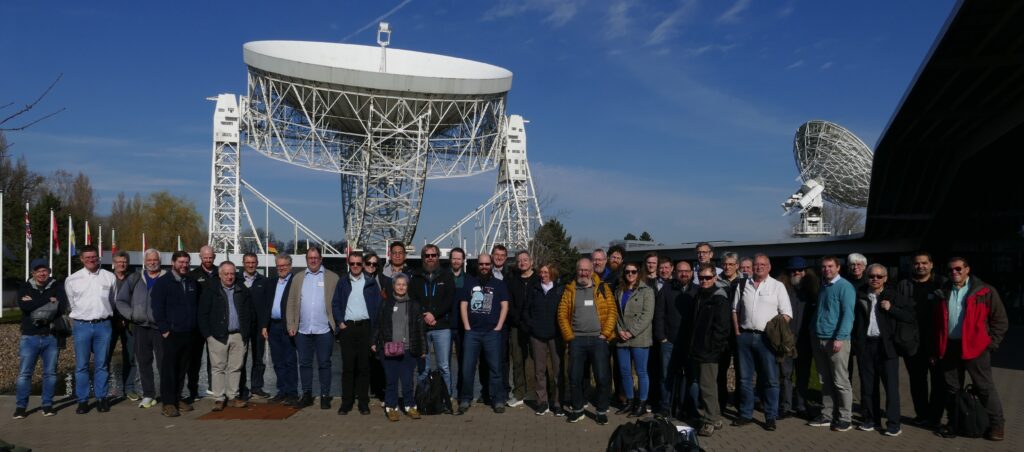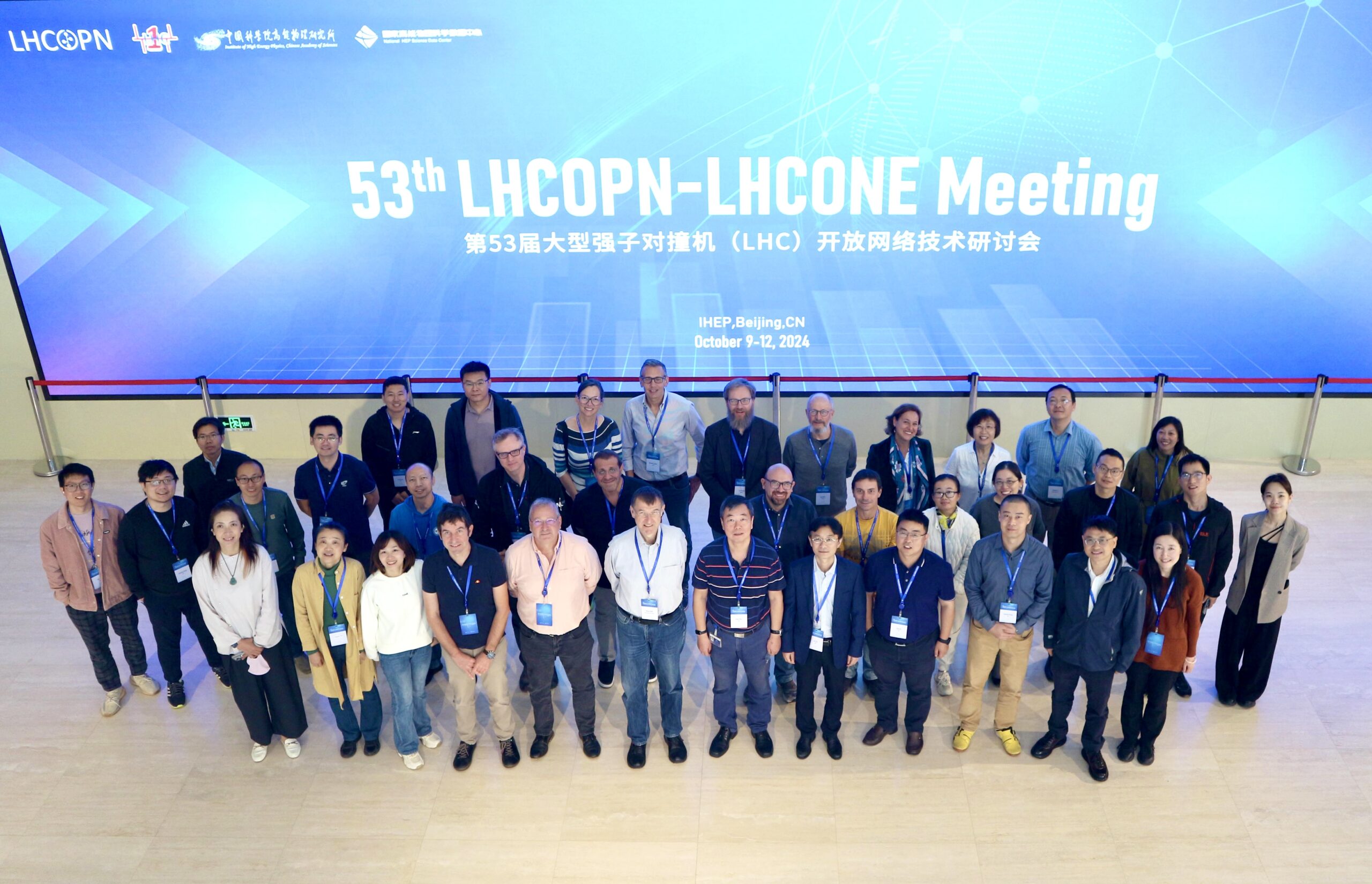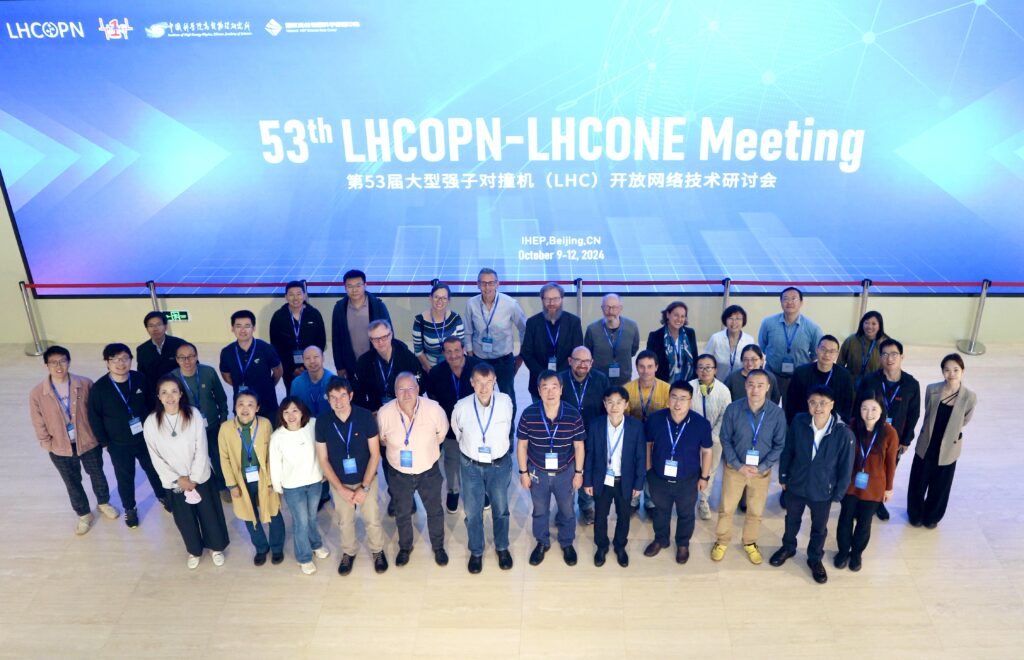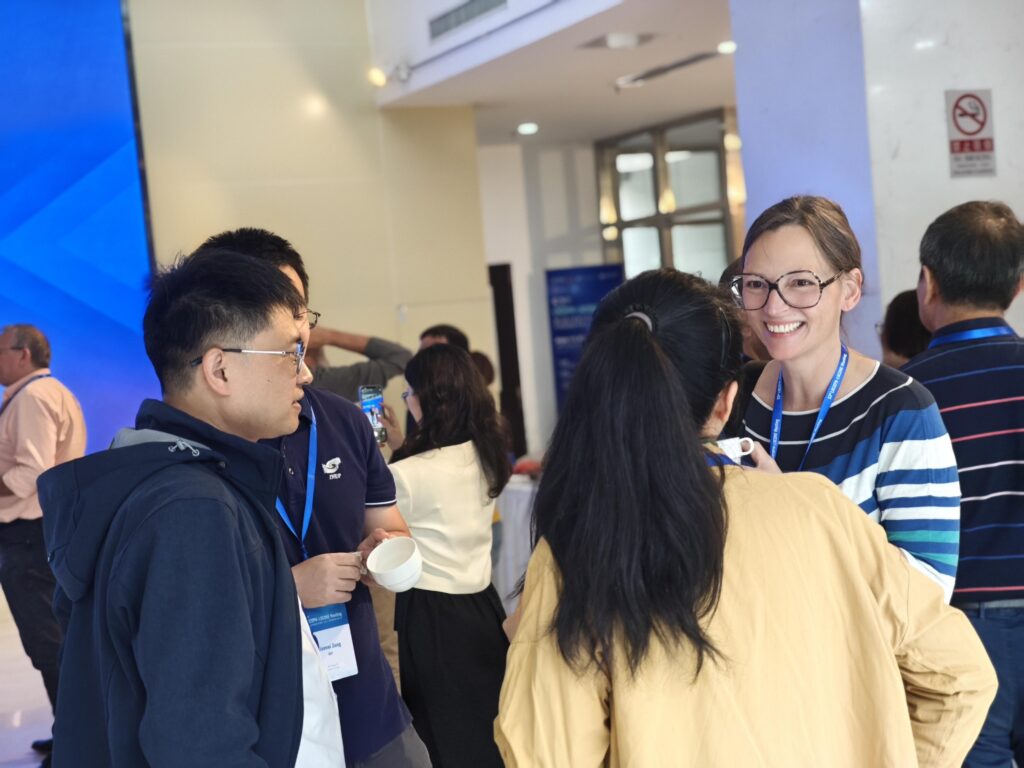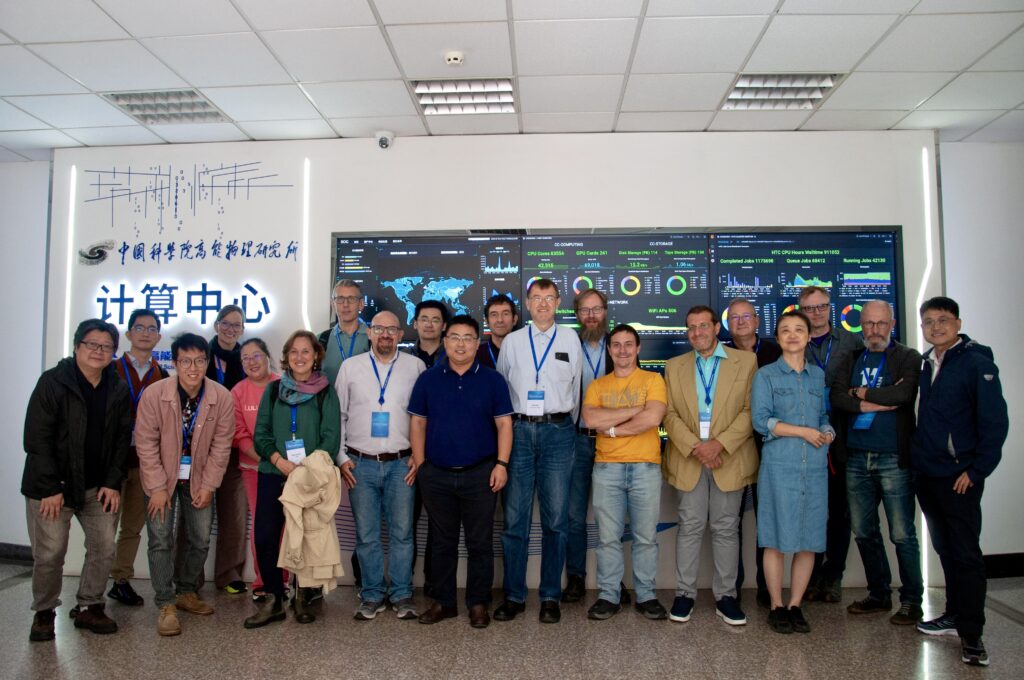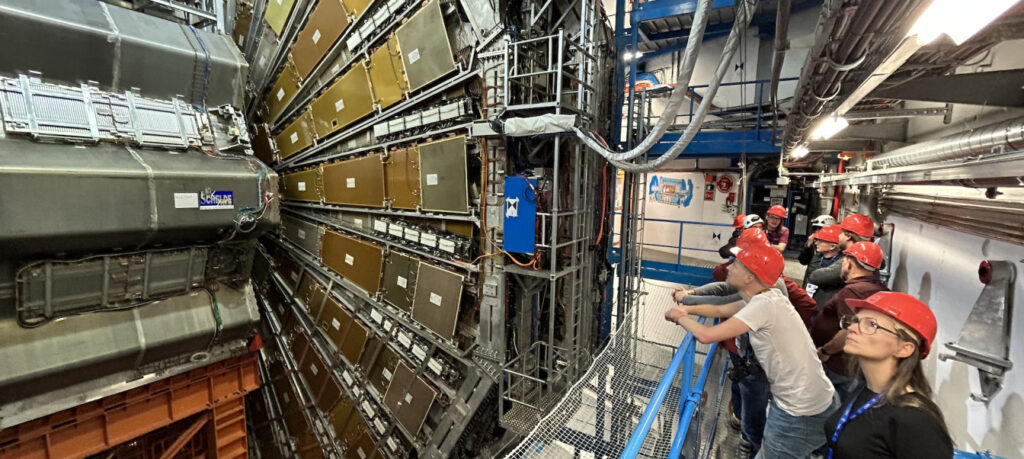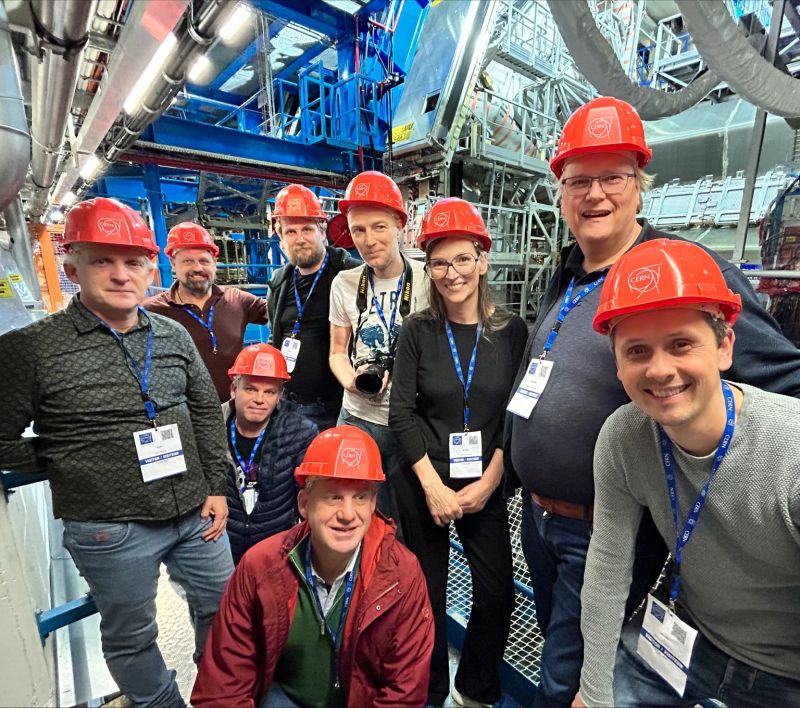This week in Manchester, SURF participated in the 54th LHCOPN-LHCONE meeting, where global experts gathered to discuss the evolution of research networking. It was a special occasion as we celebrated 20 years since the first LHCOPN meeting, reflecting on how far we’ve come in enabling high-speed data transfer from CERN’s Large Hadron Collider (LHC) to researchers worldwide.
At the heart of it all, we organize IT infrastructure to make science happen—to help researchers probe the fundamental nature of the universe. Whether it’s LHC physicists searching for the building blocks of matter or SKA astronomers listening to the faintest signals from the early universe, both fields generate massive amounts of data that push the limits of computing and networking.
Sessions on LHC’s evolving network infrastructure highlighted valuable lessons as we discuss how to develop the SKA Observatory’s data systems. While the scale and patterns of data movement may differ, exploring synergies between NREN-based networks for LHC and SKA was particularly insightful.
Of course, no meeting is complete without spirited debates—this time on the broader challenges of expanding network capabilities for large-scale scientific projects. The conversation naturally raised questions of trust, Acceptable Use Policies (AUP), and the impact on existing communities. The balance between openness and security, integration and specialization, is a fine one. And as history has shown, discussions on centralized vs. federated models tend to resurface over time—sometimes wrapped in new proposals, sometimes in a familiar shade of red.
As always in these meetings, technical discussions mixed with broader questions of policy, trust, and governance—some unfolding over structured sessions, others in those classic last-minute deep dives when time was running short. Because in research networking, the big questions are never just about technology.
Grateful for the engaging discussions, the shared knowledge, and the beautiful opening trip down memory lane. Plenty to reflect on and even more to explore—let’s keep the momentum going!
